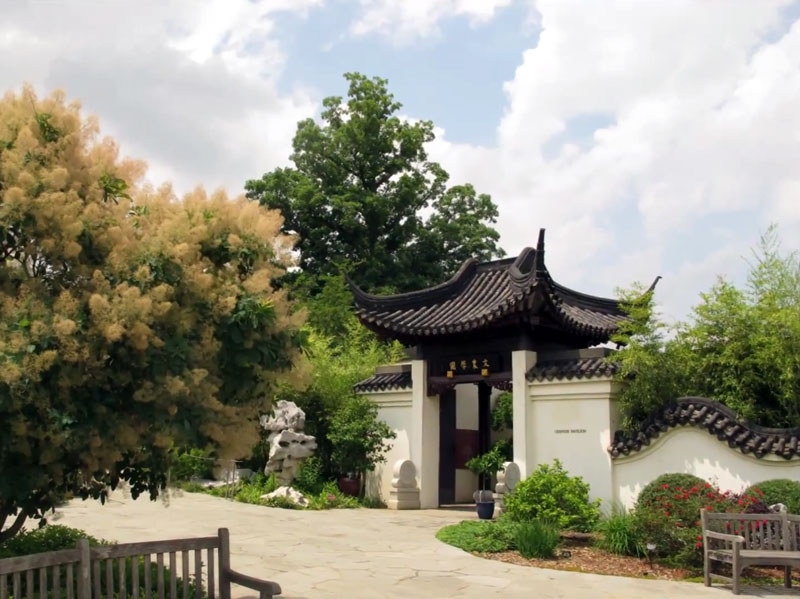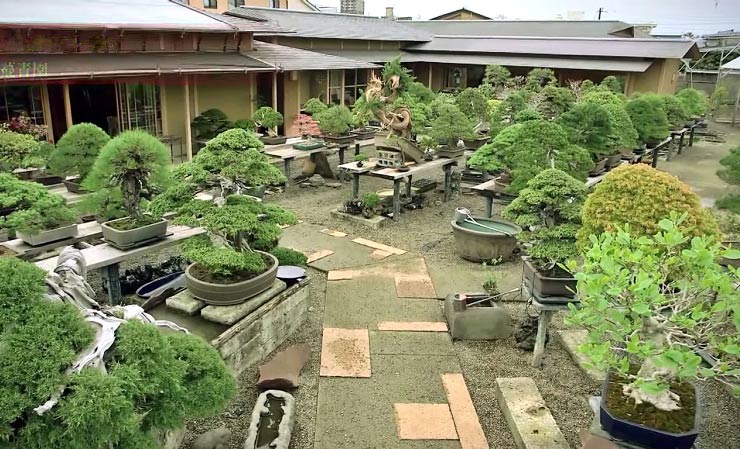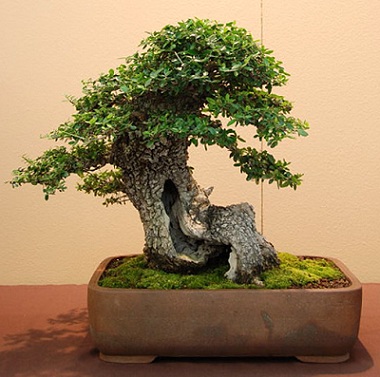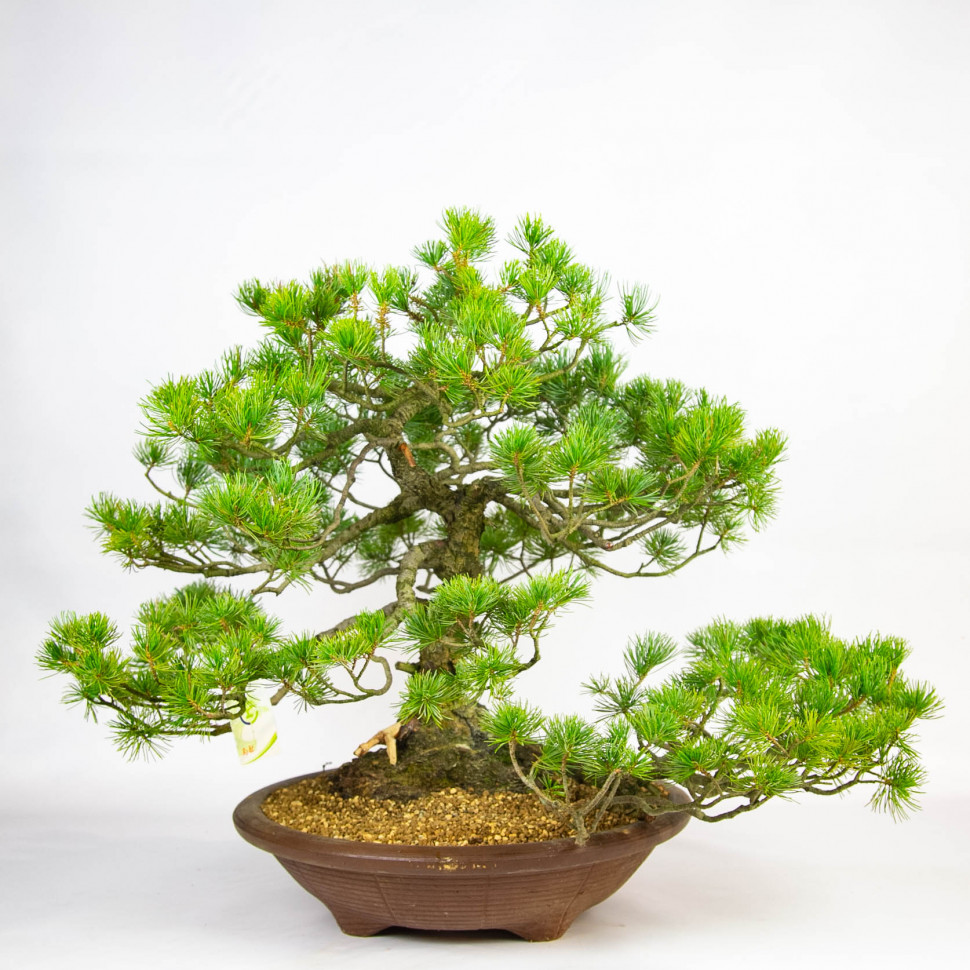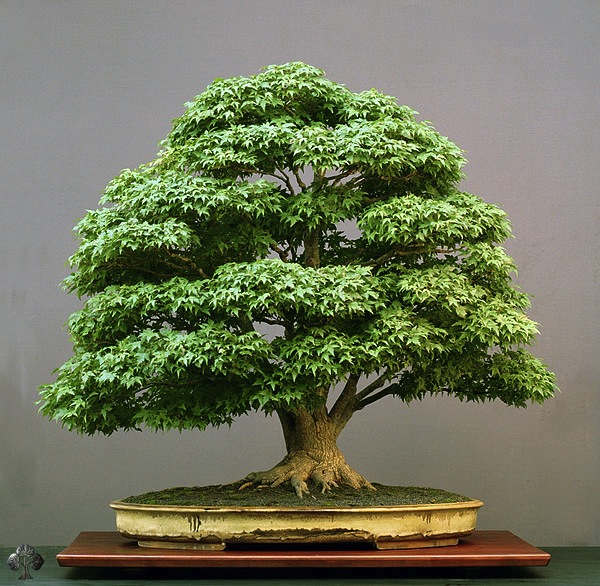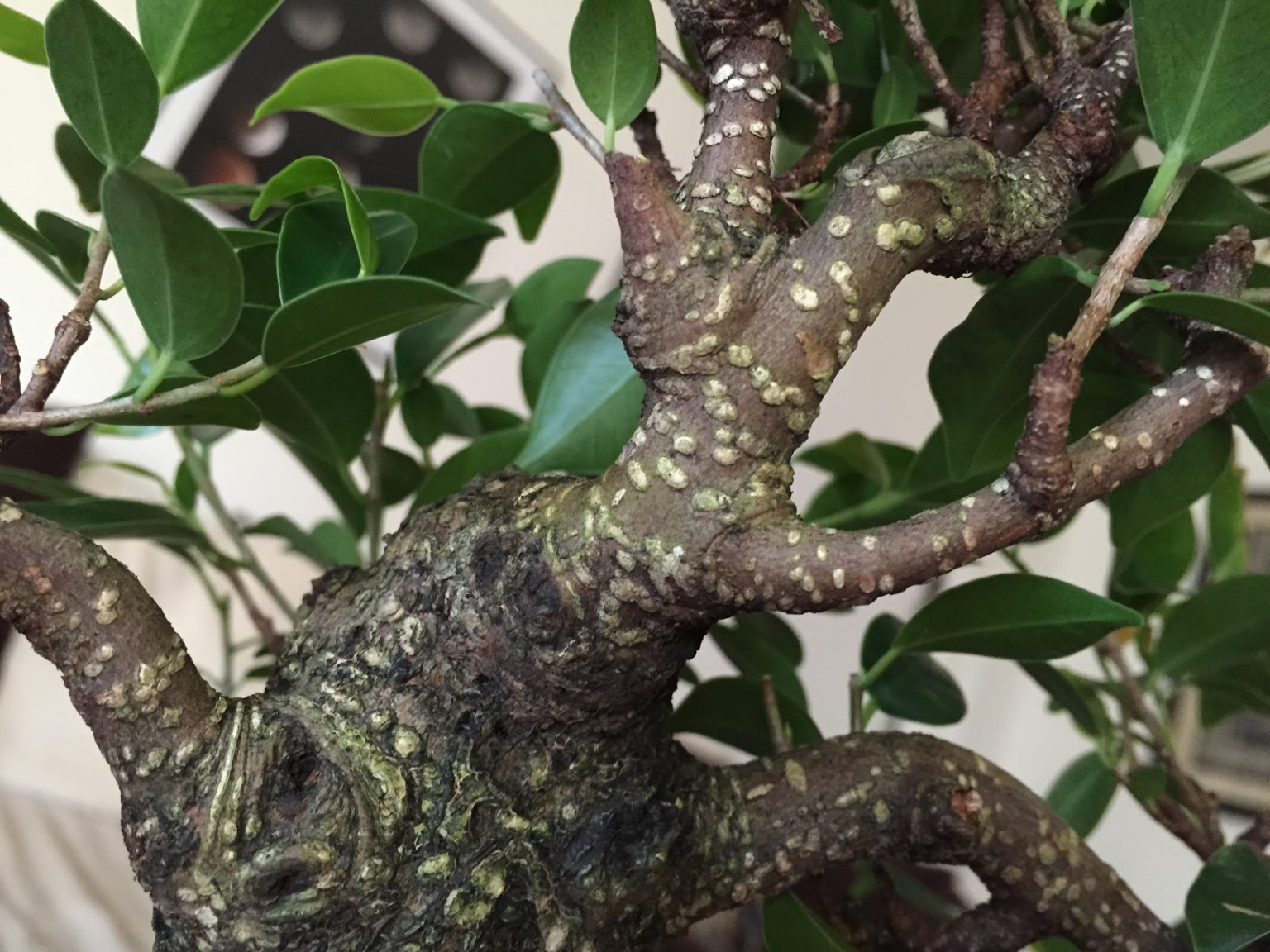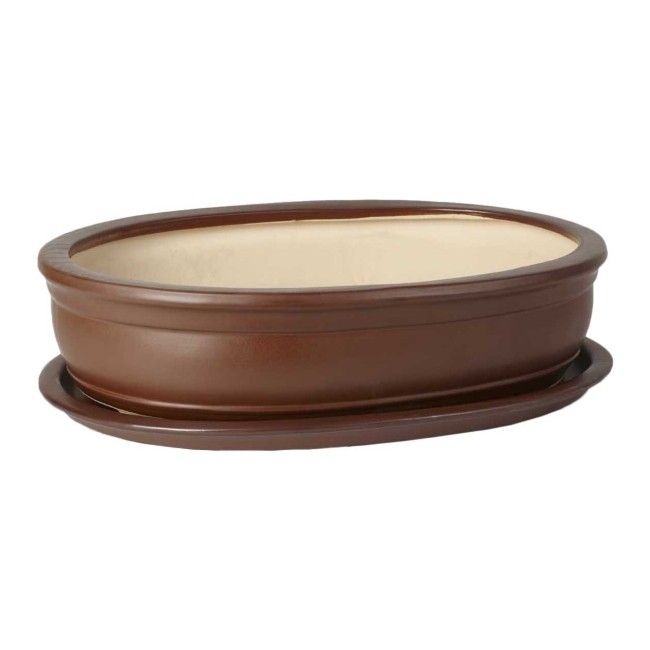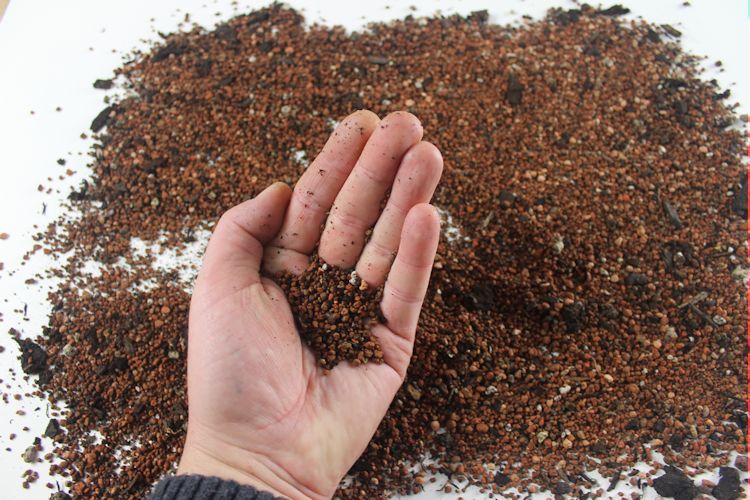Sakura is a well-known species of ornamental trees of the rose family (Rosaceae). Sakura (this species of trees includes plum and cherry) has an ornamental appearance, making it ideal for growing bonsai. In addition, Sakura is a well-known symbol of Japanese culture and a plant revered by the Japanese since ancient times.
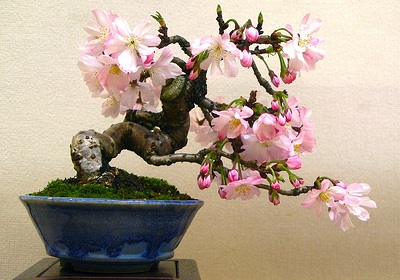
Japanese cherry and other trees of this genus are usually vertical. The bark is smooth, uniquely cut with small horizontal cracks, distinguished by a grayish, greenish and reddish color relative to the entire surface. Sakura wood is very flexible, due to the high content of resins in it. The foliage has oval and spear-shaped leaves, the edges of which are slightly serrated. In autumn, the falling leaves change their color from light green to the brightest tones. During flowering, the branches are covered with a large number of white or light pink flowers, flowers with five petals.
Plants of the rose family have become widespread among gardeners, as they have very popular fruits, such as almonds, cherries, plums or apricots. In many countries, gardens of these species occupy large areas and bring huge harvests.
Soil:
Rich organic soil. For this, use a mixture of organic matter, clay and a small amount of sand.
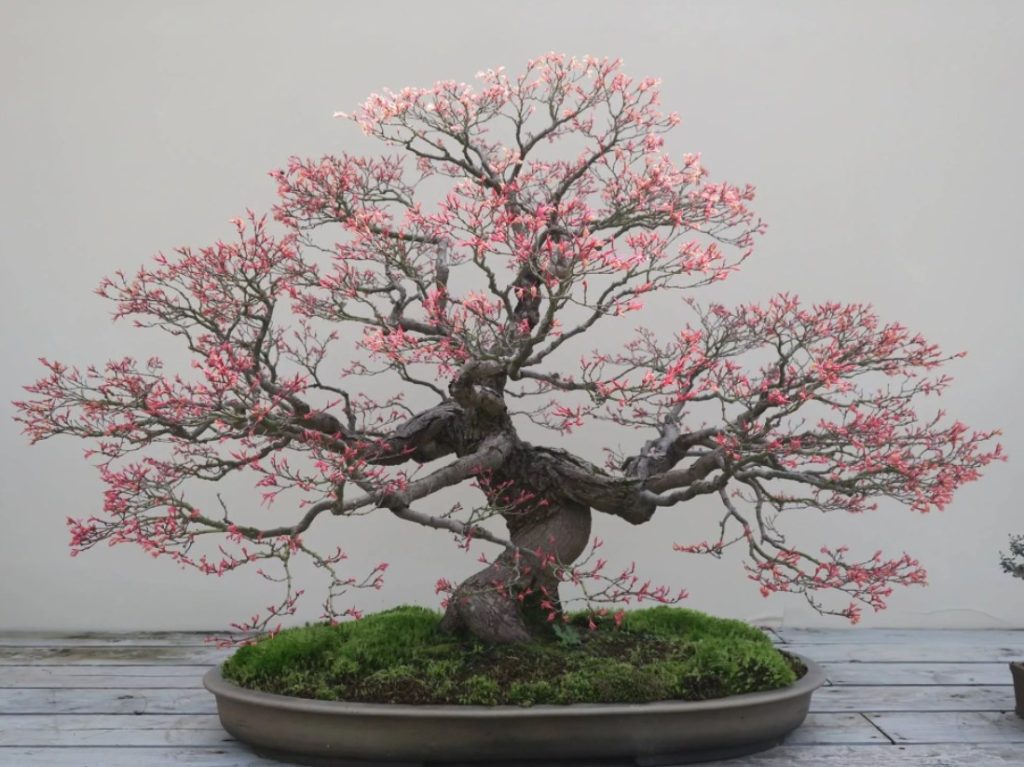
Lighting:
Sakura loves light. For long and abundant flowering and fruiting, it needs a lot of light and direct sunlight.
Temperature:
It is recommended to keep them in a warm environment, although sakura tolerates cold winters well, provided they are located on the sunny side.
Watering:
During active growth, in hot weather, water generously, not allowing the soil to dry out. In winter, during the dormant period, watering should be limited.
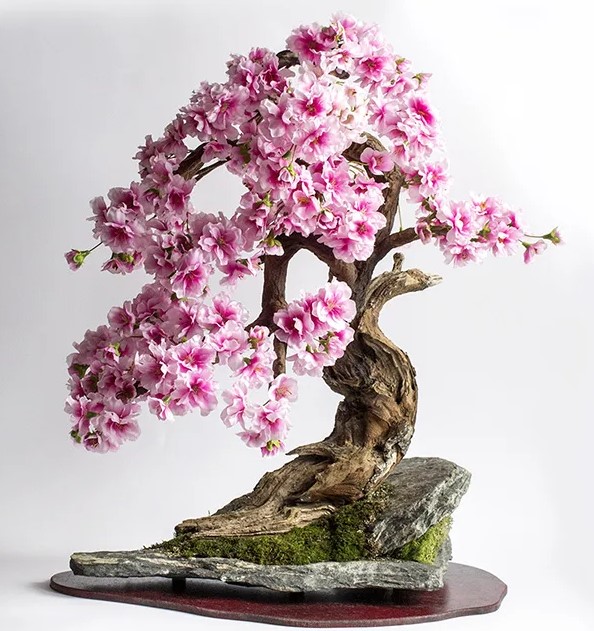
Top dressing:
Fertilize during the period of active growth after flowering has finished. After transplanting, begin fertilizing the plant when the roots have reached their minimum development.
Formation:
Removal of old and dry branches should be done after the leaves have fallen. Cut them before the plant juices start to circulate, so as not to damage the sakura. This will significantly improve the shape and appearance of the crown, and therefore the appearance of the tree, as it increases the thickness of the branches. Also, this will stimulate the growth of young shoots.
It is worth pinching young shoots selectively, after flowering, if they extend the main branches too much.
Sakura grows quite slowly, so you can change the direction of growth of shoots bytrimmings. Usingwire and guy wires, also achieve good results. These methods should be used from the end of flowering until the end of autumn. In order not to damage the bonsai, you should carefully monitor the bark and re-wire when necessary.
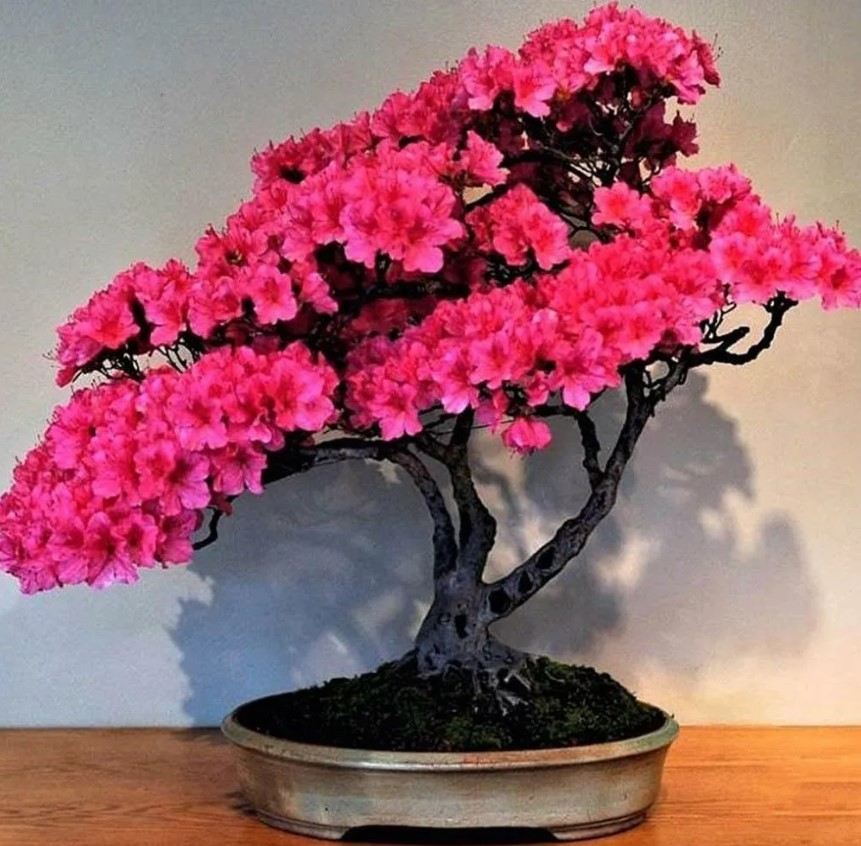
Purchasing a plant:
Sakura bonsai can be purchased in specialized stores. As a rule, young specimens are available for sale. Sakura is propagated by cuttings, seeds and grafting. The first two methods are suitable for creating Sakura bonsai with your own hands.
Pests and diseases:
Caterpillars can cause serious damage to foliage, so it is worth fighting them at the first detection. The same applies to such common garden pests as woodlice, red mites, as well as the most dangerous ones - bark beetles and aphids. To fight them, you need to resort to special insecticides and destroy the pests before they spread.
Of the diseases caused by fungi, the most common is leaf curl, in which case the affected leaves should be removed and the plants sprayed with fungicides. In a damp and dark environment, the plant is susceptible to powdery mildew.

